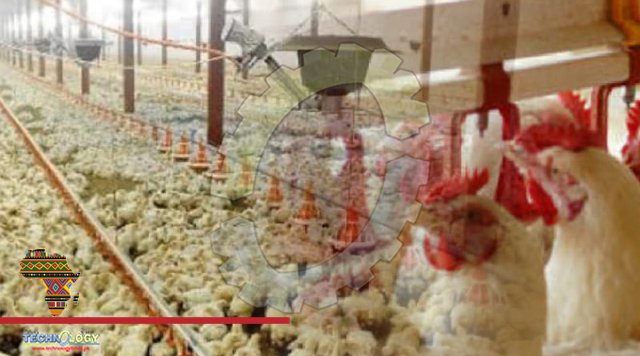Thinking on the future of food safety in our region takes me straight to a starting point that is absolutely certain. And that is change will happen as we progress. Technologies are and will continue to change, circumstances will change, and ideas will change.

At Kenchic, the way we are thinking is evolving and that is affecting both food culture and business. This is led by the ideas and changing perceptions that will drive change across our industries. If we look at our first principle, which is that the consumer has the right to fully know and understand how the food they consume is produced, and therefore will place demands on producers, ultimately it is the consumer that will drive standards in the food sector and create change. This is a very different scenario from the past where awareness was lacking. Food safety and health scares in developed countries from the 1980s were key to driving change. Consumers were not aware of food production methods and there was also a distinct lack of food safety standards. Food producers could mostly do as they pleased.
The food retail industry had to accept its position as one of the main partners of these food production companies. The competition between the big food retailers was mainly aimed at driving down food costs to attract consumers, and this exerted immense pressure on producers to again produce at the lowest cost. This led to a massive overuse of the likes of antibiotics, even if an animal was not sick, because they grew faster and cost less when antibiotics were used. So, farmers started to indiscriminately use antibiotics – in feed or directly – and there was no framework, legislation, or standards to govern these practices. The impact was that some antibiotics humans needed to protect themselves became ineffective. Another case of food safety not being a priority was when Bovine Sponigiform Encephalopathy – or as we know as Mad Cow Disease – arose through feeding cattle meat and bone meal that contained BSE-infected products from a spontaneously occurring case of BSE sheep products. What was the scariest about this what that it was passed onto some humans, whose nervous systems and brains were affected just as the animals.
I could go on and on about other food safety breaches, but we must understand that at the time, we were not really aware of the potential outcomes. Concerns were voiced, but a lack of regulatory procedures and, to be honest naivety, allowed these production methods to continue. Once science really understood the links between some production methods and their harmful effect on food safety and human health, the world woke up. Media jumped on the stories, which drove consumer awareness and that in turn drove regulatory controls. The Food Standards Authority in the United Kingdom was quickly formed as well as similar bodies across most of the developed world. Traceability and food productions audits arose. The whole process of farm to fork, plough to plate was born – consumers now started to gain trust and understanding that the food they purchased was produced properly, was wholesome and most importantly could be trusted. It is the reason why Kenchic adopted the farm to fork approach, meaning that every egg we hatch, every chicken we raise and every cut of meat we process, is traceable.
This is not only just good agricultural practice, but a moral aspect arose – that of animal welfare standards. Many now believe that animals must be treated with respect concerning their natural and behavioral character. But all of this does not mean that there have not been issues, especially concerning contraventions of good agricultural practices. While the consumers’ awareness has grown, there is still a lack of traceability of the food chain. Horse meat was found in ‘100%’ beef minced meat, traced interestingly through DNA methods. Movement of animals from country to country, with no audit trail, allowed traders to muddy the waters of tracing the origin of the food. That was only 10 years ago, in Europe. This aside, a standardisation of food production and processing has taken place. Every primary agricultural producer, to access markets, must adhere to clear and laid down standards. This is also expected of processers and retailers.
Source: This news is originally published by africa